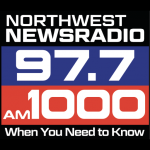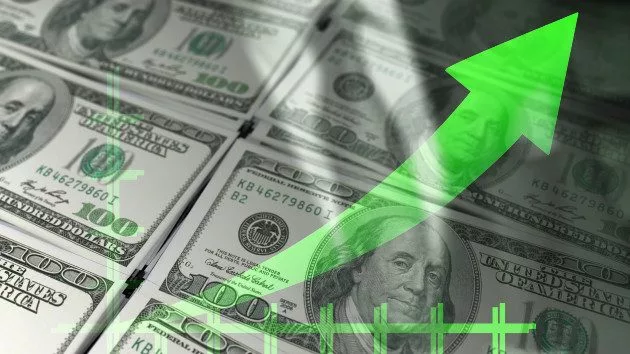(WASHINGTON) — Consumer prices rose 2.9% in December compared to a year ago, ticking up from the previous month and extending a resurgent bout of inflation just days before President-elect Donald Trump takes office. The reading matched economists’ expectations.
The fresh data arrives after a jobs report last week showed stronger-than-expected hiring in December, which sent the stock market plummeting and bond yields soaring on fears that the Federal Reserve may delay long-forecasted interest rate cuts.
The Fed may find additional reason to delay those interest rate cuts in Wednesday’s report, since stubborn price hikes may raise concern that inflation would move even higher if interest rates were to be lowered.
The inflation reading in December marks an increase from year-over-year inflation of 2.7% in the month prior.
Core inflation — a closely watched measure that strips out volatile food and energy prices — increased 3.2% over the year ending in December, ticking lower than the previous month, the data showed.
Food prices rose 2.5% in December compared to a year ago, moving higher than the previous month but marking slower price increases than the overall inflation rate.
Prices increased for an array of goods last month, including shelter, airline fares, used cars and trucks, new vehicles, motor vehicle insurance, and medical care, the U.S. Bureau of Labor Statistics said. By contrast, prices dropped for personal care products and alcoholic beverages, as well as a host of foods, such as white bread, seafood and ice cream.
Egg prices continued to skyrocket in December due to an avian flu that has decimated supply in recent months. The price of eggs soared 36% compared to a year prior, data showed.
Inflation has slowed dramatically from a peak of more than 9% in June 2022, but price increases remain above the Fed’s target rate of 2%.
The Fed retreated in its fight against inflation over the final months of last year, lowering interest rates by a percentage point. Still, the Fed’s interest rate remains at a historically high level of between 4.25% and 4.5%.
The Fed has already indicated worry about the resurgence of escalating inflation over the latter part of 2024.
Last month, the Fed predicted fewer rate cuts in 2025 than it had previously indicated, suggesting concern that inflation may prove more difficult to bring under control than policymakers thought just a few months ago.
Speaking at a press conference in Washington, D.C., in December, Fed Chair Jerome Powell said the central bank may proceed at a slower pace with future rate cuts, in part because it has now lowered interest rates a substantial amount.
Powell also said a recent resurgence of inflation influenced the Fed’s expectations, noting that some policymakers considered uncertainty tied to potential policy changes under Trump.
“It’s common-sense thinking that when the path is uncertain, you get a little slower,” Powell said. “It’s not unlike driving on a foggy night or walking around in a dark room full of furniture.”
Trump has proposed tariffs of between 60% and 100% on Chinese goods, and a tax of between 10% and 20% on every product imported from all U.S. trading partners.
Economists widely forecast that tariffs of this magnitude would increase prices paid by U.S. shoppers, since importers typically pass along a share of the cost of those higher taxes to consumers.
Copyright © 2025, ABC Audio. All rights reserved.

